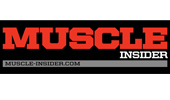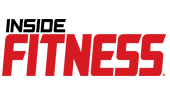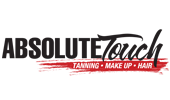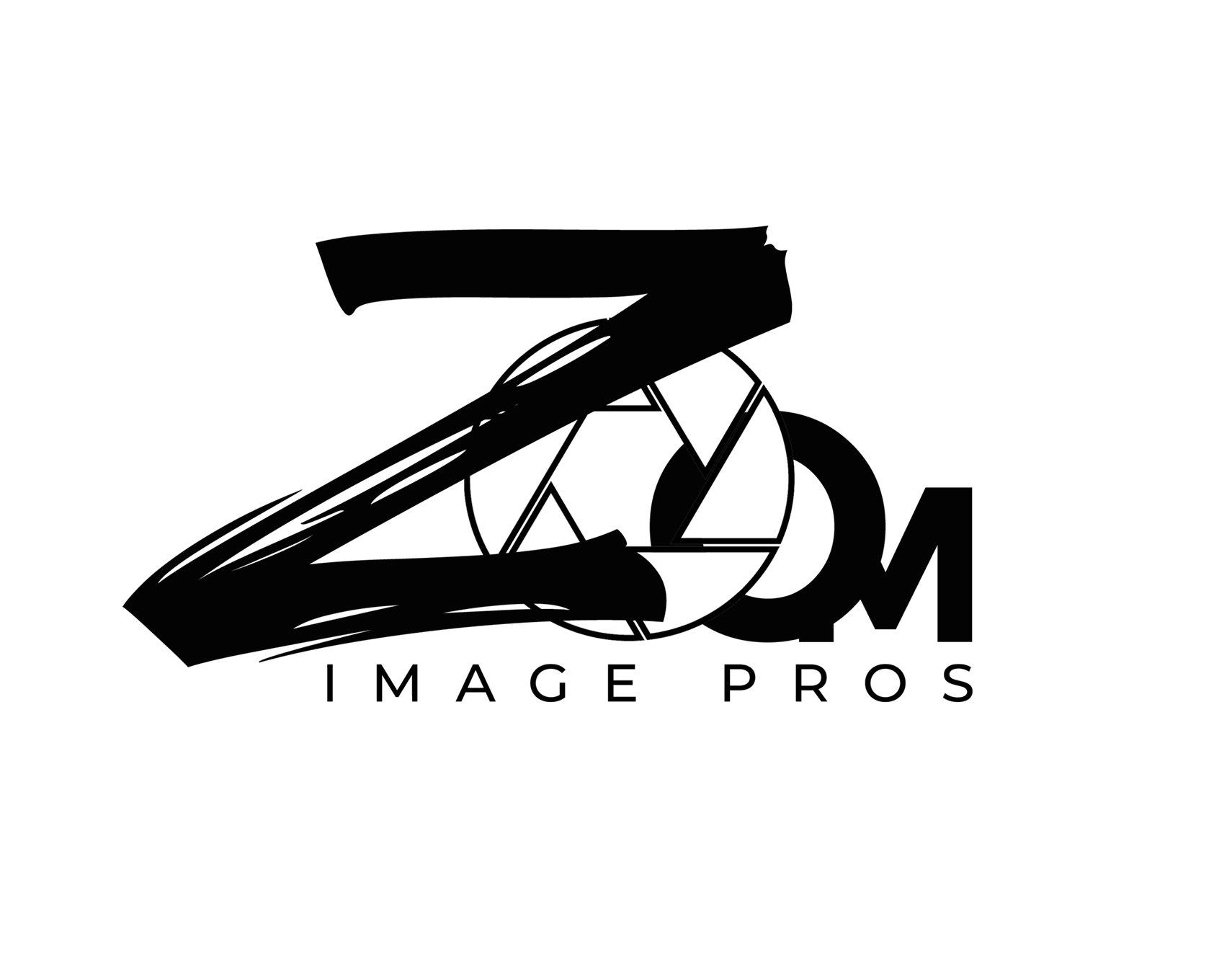Anti-Doping Policy and Procedures
1.0 Purpose
To ensure athletes compete on a level playing surface without the assistance of performance enhancing substances. The Anti-Doping Program provides written guidelines to ensure that the testing process is conducted in a standardized and professional manner throughout the Canadian Physique Alliance natural competitions. The policy provides specific details on athlete notification, sample collection, sample analysis, result management, determination of offences and penalties.
2.0 Policy Details
Procedures shall be followed on all occasions where doping control is conducted at CPA events. CPA requires that only certified / accredited laboratories shall be used to analyze all athlete urine samples. Policy refers to “Prohibited Classes of Substances” which is a reference to the WADA (prohibited list). This includes pharmacological classes of drugs such as anabolic steroids & agents, diuretics, and peptide hormones. The two panels of testing (anabolic / diuretic) will be reviewed annually in conjunction with the overseeing laboratories to ensure they are up to date and changed as required.
Athlete collections are to be conducted by certified individuals that have been accredited through the primary laboratory. The objective of the collection procedure is to ensure the security, integrity, and identity of the athlete sample.
3.0 Policy Scope
Anti-Doping policy applies to all CPA sanctioned Natural Events. Implementation of this policy at the regional level is selective by the CPA and mandatory at Natural Pro Qualifiers and IFBB Pro events.
4.0 Policy Owner
Canadian Physique Alliance
5.0 Definitions and Resources
CPA – Canadian Physique Alliance
TUE – Therapeutic Use Exemption
CPA Chairperson – Individual(s) responsible for managing the anti-doping program
Resources:
www.globaldro.com - prohibited list information access
www.dynacare.ca – accredited laboratory for the CPA
6.0 Procedures
Collection Procedure – Identification
- Selected athletes are greeted by an assigned chaperon as they leave the stage.
- Chaperon will explain the process and that a urine specimen will be required.
- Athlete will be escorted to the designated area for collections and will remain until specimen provided.
- Photo ID is required from the athlete and the collector will record information to the chain of custody form.
- - If the athlete does not have photo identification with them, they can retrieve it while accompanied by a chaperone. They are to be instructed not to eat or drink anything while retrieving this information and to report back to the testing area immediately.
- - If photo identification is not available on the premises, the contestant’s trainer may provide a verbal identification. Record the ATHLETE name and “Identified by _________” with the trainer’s name in the remarks section.
- Athlete will be asked to empty their pockets and remove any outer clothing if applicable. Items of value should remain with the contestant (liquids/medications must remain outside the washroom during the collection).
- Athlete will wash their hands.
- Athlete will select a collection kit but NOT open it.
- Collector will open the collection kit and give the athlete the outer collection cup with the temperature strip.
- Amount of urine required (minimum 20 mls).
- Do NOT flush the toilet following collection.
- Athlete will bring the specimen out immediately following collection and hand to the collector.
- The collector to verify volume and temperature are acceptable.
- Collector will separate the sample into “A” & “B” samples in the presence of the athlete.
- Athlete will be permitted to leave once the collector is satisfied that the specimen meets all collection requirements.
- Athlete will receive a copy of the chain of custody form for their personal records and reference if needed.
- Tests results are typically available within two to three weeks of the contest date.
- Canadian Physique Alliance official will contact only athletes with a positive test result.
- Athletes that elect to challenge any positive test results will have seven days from the date of notification to officially inform CPA officials
- A second test will be arranged on the athlete’s B sample at the cost of the athlete.
** Note that the CPA reserves the right to change when athletes may be asked to provide a sample at the event in which they are participating. E.g., collections may be conducted after registration.
7.0 TUE Forms
TUE form will only be considered by the CPA under the following circumstances:
- Athlete would experience a significant impairment to health if the prohibited substance were withheld while treating an acute or chronic medical condition.
- The use of the prohibited substance would produce no additional enhancement of performance other than that which might be anticipated by a return state to normal health following the treatment of a legitimate medical condition.
- There are no reasonable therapeutic alternatives or other alternatives are ineffective.
TUEs are granted by the CPA are valid for the duration of the treatment as prescribed by the physician up to a maximum off four years. It is the athlete’s responsibility to know when the TUE expires and to apply for renewal before this date if necessary.
8.0 Doping Offence Process and Appeals
The CPA president in conjunction with the Committee Chairperson shall be responsible for the determination if a doping offence has been committed and the imposition of penalties.
- All collections are to be reviewed by the chairperson with any adverse analytical A sample findings reported to the president of the CPA.
- Athletes who are determined to have adverse analytical findings shall be notified of the doping offence in writing via confirmed electronic e-mail.
- Athlete would be advised of their suspension as a result of their positive test of their A sample. Suspension will have a start date from when the collection took place.
- Athlete would be provided with the option to appeal and request that the B sample be analyzed.
- Appeals must be made in writing within 7 days of initial notification.
- Any appeal must be accompanied by a certified payment of a $500.00 fee. If the appeal is successful, this fee will be refunded.
9.0 Suspensions
- For a first-time offence involving prohibited substances will result in an automatic one-year suspension from competition and loss of any awards and or placings.
- For a second time offence involving prohibited substances will result in a two-year suspension from competition and loss of any awards and or placings.
- For a third time offence involving prohibited substances will result in a lifetime suspension from competition and loss of any awards and or placings.
- A refusal or failure to follow proper doping control procedures will treated the same as a doping offence and will result in a two-year suspension for a first offence, and a lifetime suspension for a second offence.





